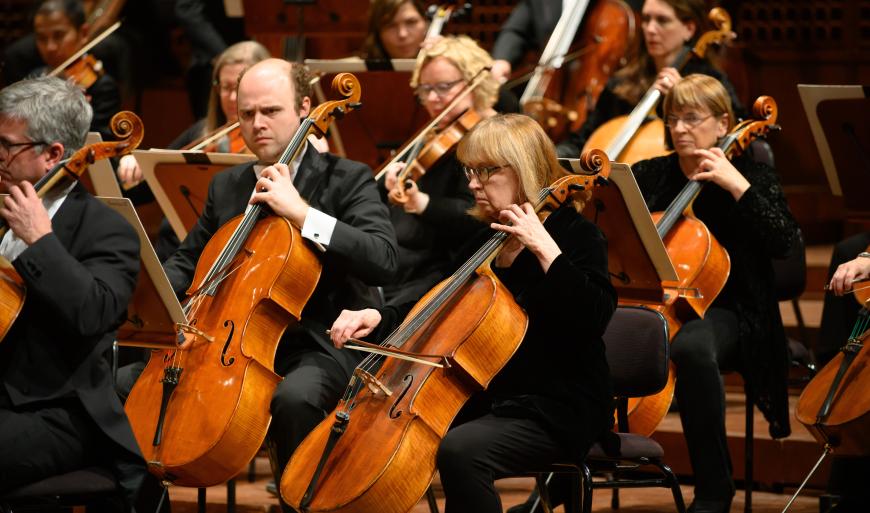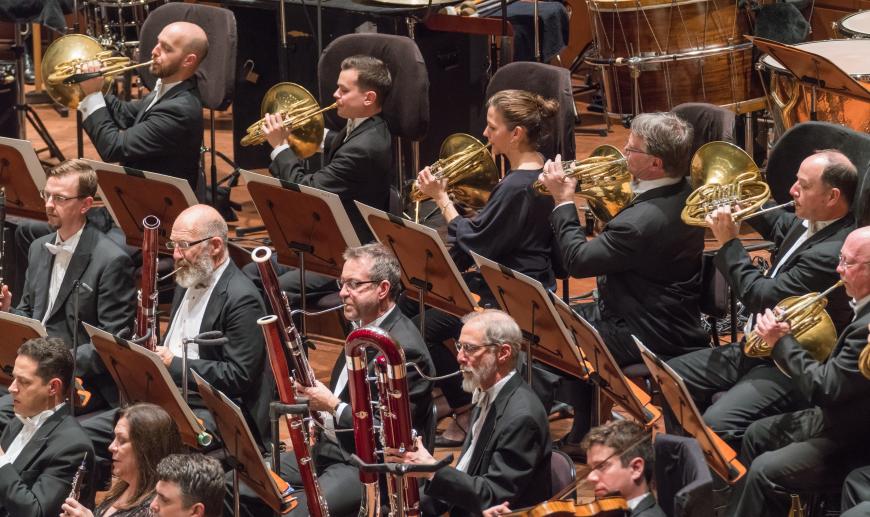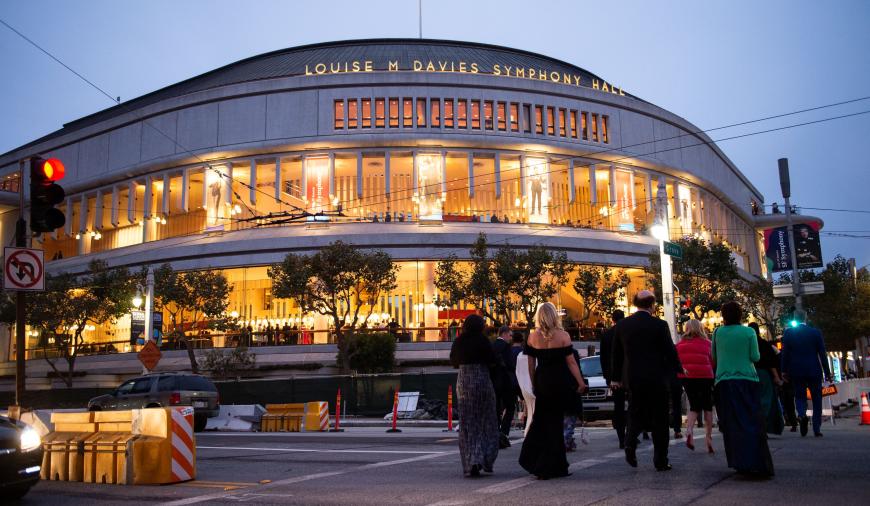
When labor contract negotiations come to an end, the announcement of an agreement usually carries the proviso “subject to ratification.”
The San Francisco Symphony skipped that usual step when it issued a press release Sunday evening about a new contract being ratified by the SF Symphony Board of Governors and Musicians Union Local 6.
Nothing was said publicly about an agreement before, even if it must have been reached a week or more before the contract was ratified. Why the diversion from traditional communications about contract negotiations. Was the outcome in doubt? Why none of the kind of enthusiasm from musicians that greeted the Writers Guild of America settlement last week — “subject to ratification,” which has since taken place?

On Sunday, in a three-paragraph statement, the SFS administration revealed only this much, key points of contention as they are:
“The new agreement will be applied retroactively from Nov. 27, 2022 [when the previous agreement expired] and runs through Nov. 18, 2024. The agreement provides for a new weekly base minimum salary of $3,313 upon ratification and increasing to $3,450 in the 2023–24 contract year, in addition to a retroactive lump sum payment to full-time musicians.”
Restoring salaries to pre-pandemic levels was among the musicians’ top demands, but apparently the settlement did not please numerous musicians. No figures for the ratification vote were released.
A Facebook group called Musicians of the San Francisco Symphony responded to the news:
“We, like most orchestras ... had our pay severely reduced in 2020. Upon reemerging [from the pandemic] as musicians’ pay across the country returned to contractual levels with inflation increases, we remain the exception.
“Unsurprisingly, our negotiation of ten months has been grueling, ending with our Board and management refusing to restore our salaries. This short agreement is designed to allow the organization time for introspection and reflection. Decisions will need to be made by our Board as to whether the San Francisco Symphony will remain a top tier orchestra, or be redesigned to regional orchestra status.”
The new base salary — the minimum amount for any SFS player, not counting seniority, position within the orchestra, and individual arrangements — is far above those of regional orchestras, most of whose weekly base salaries are well below $1,000 for seasons that run just a few months. (San Francisco has a 12-month season.)
The SFS musicians’ salaries continue to be above those of such “major” ensembles as the New York and Los Angeles Philharmonics and the Chicago Symphony.
(The League of American Orchestras no longer uses the major-regional terminology, instead categorizing professional orchestras according to their operating budgets — from Group 1, with budgets over $17.775 million and artistic expenses of $10,000,000 and up, to Group 8, with budgets less than $198,000.)

Echoing the dissatisfaction of individual musicians, the union statement, as quoted in the San Francisco Chronicle, also said the new SFS contract represents a pay increase compared to the current minimum of $3,277 “but falls short of where orchestra compensation would have been if not for the disruption caused by the COVID-19 shutdown.
“Management’s perceived failure to restore the pay levels for musicians following the shutdown, when the orchestra and management took pay cuts, has been a particular sticking point for the players’ committee.
“When everyone started going back to work, it seemed like other orchestras were committed to getting musicians back to where they had been financially. We haven’t heard that from our board.”
The administration’s statement addressed the pay dispute with the following: “This has been a particularly difficult negotiation given the challenging financial pressures on the organization.”
The latest available figures (for fiscal year 2022) show an operating budget (expenses) of $74.7 million, so the SF Symphony has returned to pre-pandemic levels there.

The financial situation is further complicated by the orchestra’s $429 million endowment, which is frequently cited by the musicians, along with newly revealed and still tentative plans to spend more than $100 million on restructuring Davies Symphony Hall without a demonstrated need for that major expense.
Based on previously obtained information, it’s clear that the administration’s claim of “competitive vacation, sick leave, pension, and healthcare benefits” is accepted by the union and individual musicians. A union spokesperson had said, “That is the one area where the parties are in full agreement.”
In 2022, the estimated annual cost for health care coverage per musician was $38,800, of which SFS pays $37,712 and the musician contributes $1,088. All figures since must have increased.
The SF Symphony’s other contract talks — with the American Guild of Musical Artists (for the SF Symphony Chorus) and with Theatrical Employees Union, Local B18, of the International Alliance of Theatrical Stage Employees (for ticket service employees, stagehands, and ushers) — are expected to speed up as the result of the musicians’ settlement.
Correction: This article has been updated with the 2023–2024 tier classifications used by the League of American Orchestras and based on the budgets reported for the 2017–2018 season.




